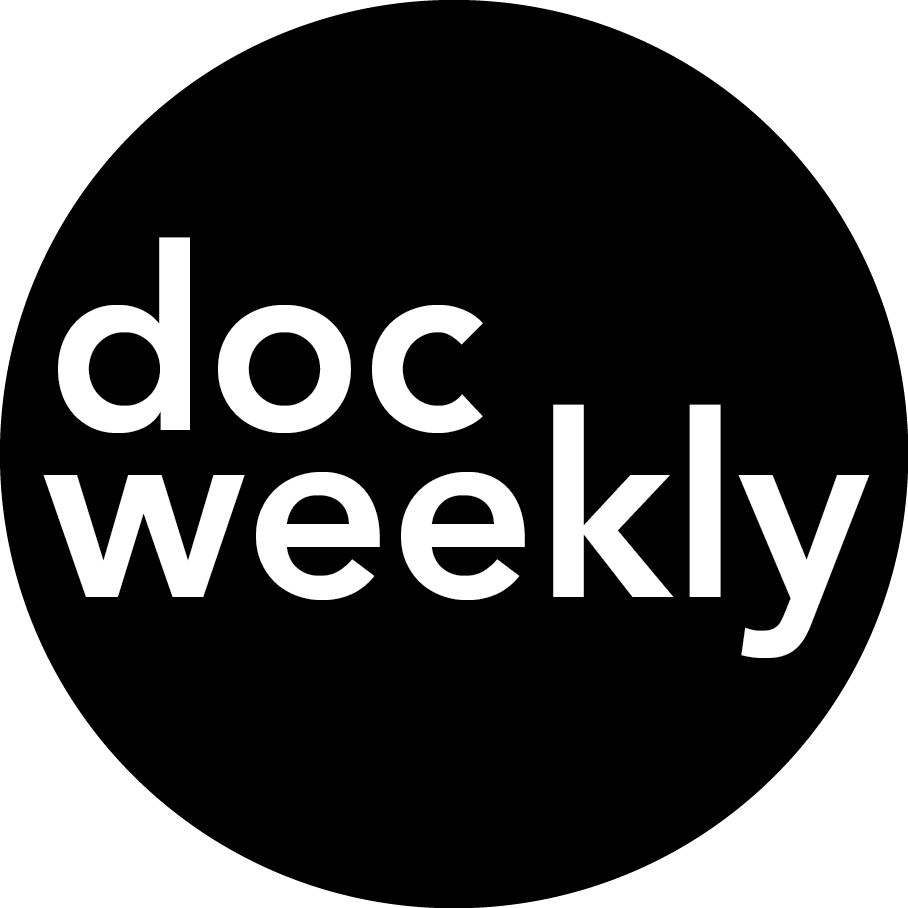Celebrating 30 Years of Insane Hubble Telescope Photography
Today marks the Hubble telescope’s 30th birthday. To celebrate, we teamed up with Instagram page OneMovieEachDay for a look back at the stunning documentary Hubble 3D.
Famously first launched with a defect rendering its pictures blurry, Hubble has since been lovingly repaired and upgraded by generations of intrepid space travellers and is now considered by many as the most important scientific tool ever built.
The Hubble is essentially an enormous telescope orbiting the earth, capturing and relaying to earth 3D imagery of the stars, galaxies and nebulas around us. More than photographs, these are snapshots of worlds billions of lightyears away that have confirmed the existence of Super-Massive Black Holes, revealed the cosmos’s accelerating expansion and allowed us to see what the Universe was like just a few hundred million years after the Big Bang.
As impressive as that is, it may not mean a whole lot to you and me. This is where Hubble 3D comes in. The remarkable images Hubble beams down to earth aren’t just scientific breakthroughs, they’re also breathtakingly beautiful. What’s more, the way in which the images are captured means that in Hubble 3D, we’re able to travel through these images, with infinite stars and galaxies flying past us at the speed of light. Although we may not comprehend the significance of the telescope’s discoveries, Hubble 3D means that we can see them, experience them, almost reach out and touch them. All to the dulcet tones of Leonardo DiCaprio’s narration.
But what’s most fascinating about this documentary is its twin focus on both outer space as captured by Hubble, and the small human world that powers its fragile lens. After surfing the gas clouds of a vast “star nursery“ billions of lightyears away, we meet NASA astronauts jogging down a beach in Florida, preparing for their next expedition. These are the passionate men and women who travel into space just to turn those tiny screws or fit that book-sized new upgrade aboard the Hubble, orbiting the earth at 28 000 kilometres per hour.
The Hubble Telescope. Credit: The European Space Agency
This dichotomy runs throughout the film, and although you sometimes wish for a deeper dive into one or the other, it adds to the surreal experience by establishing something of a scale in your perception. When DiCaprio describes our Milky Way as nothing more than “a village” compared with the metropolis of the Virgo Cluster, its hard not to think of NASA’s epic servicemen and women as mere ants climbing to the top of a blade of grass.
In these claustrophobic times of isolation and confinement, Hubble 3D is the ultimate travel documentary. Let yourself be flung out of our planet’s atmosphere and into the beyond, all from the comfort of your own sofa, discovering the history of stars and galaxies as you go.
Thank you OneMovieEachDay for the collab ! You can follow the page on Instagram here.








